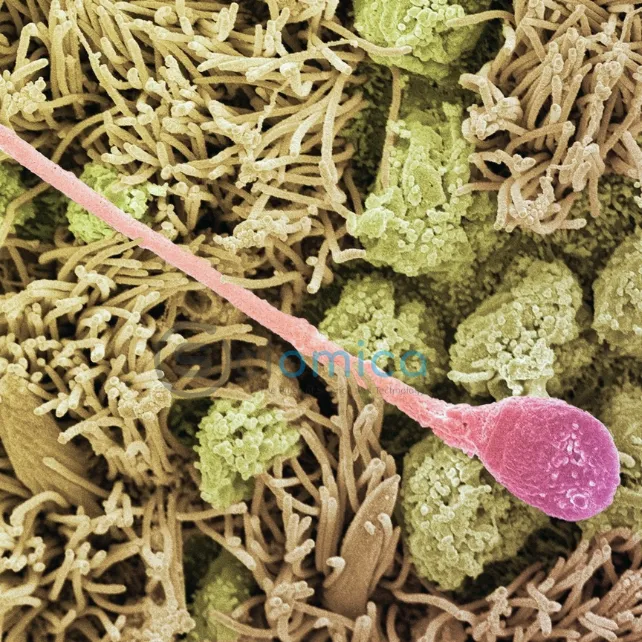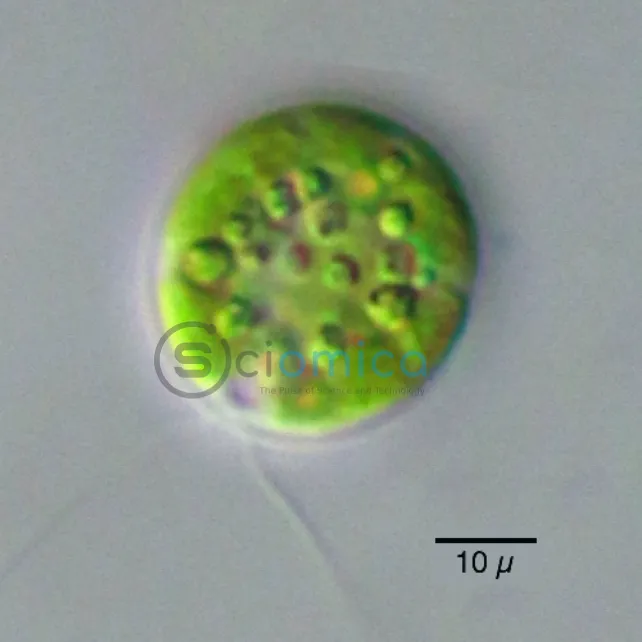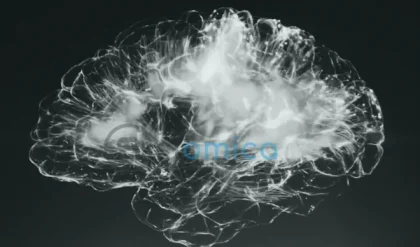Recent research has revealed that human sperm navigate through thick fluids in a manner that appears to defy traditional physics, particularly Isaac Newton’s well-known laws of motion. A team at Kyoto University, led by mathematical scientist Kenta Ishimoto, has delved into the fascinating swimming behaviors of sperm and other microscopic organisms, uncovering insights into how these entities travel through viscous environments.
Newton’s third law, articulated in 1686, proposes that for every action, there is an equal and opposite reaction. This principle plays a vital role in our understanding of the physical world—illustrated simply by the collision of two marbles on a surface. However, as the researchers note, this law doesn’t account for the complexities of microscopic systems, particularly when it comes to living organisms that propel themselves through sticky substances.

Rather than adhering to these conventional symmetries, classroom principles of physics often fail in nature’s unpredictable environments. In particular, the concept of non-reciprocal interactions emerges prominently, particularly in dynamic systems, such as those found with flocking birds or, notably, sperm swimming in fluids. These biological entities interact asymmetrically with their environment, seemingly bypassing the limitations posited by Newton’s principles.
According to the study recently published in October 2023, Ishimoto and his colleagues examined the motion of human sperm alongside the swimming patterns of green algae, particularly the species Chlamydomonas. Both organisms utilize flexible appendages known as flagella to propel themselves forward.

Interestingly, it would typically be expected that the high viscosity of their surroundings would dissipate the energy generated by the flagella, significantly limiting movement. Yet these cells exhibit an unusual elasticity in their flagella, allowing propulsion despite the resistance encountered in their environment. This significant finding led researchers to introduce the concept of odd elastic modulus to better describe the unique mechanics involved in flagellar movement.
The research team stated, “From solvable simple models to biological flagellar waveforms for Chlamydomonas and sperm cells, we studied the odd-bending modulus to decipher the nonlocal, nonreciprocal inner interactions within the material.” The work not only adds to our understanding of biological motion but also hints at innovative applications, particularly in the development of small, self-assembling robots that imitate these natural systems and provide insights into collective behaviors.
This study marks a significant stride in the field of biological physics, revealing how intricate patterns of life can evolve far beyond classical understandings. The findings are detailed in the journal PRX Life.







